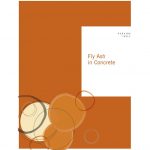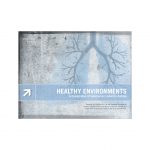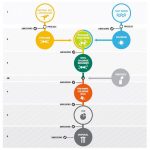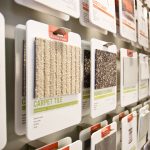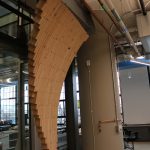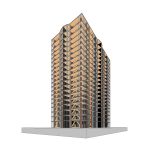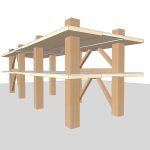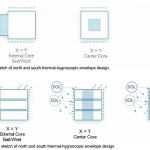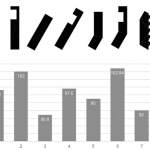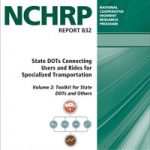
RB’s National Cooperative Highway Research Program (NCHRP) Report 832: State DOTs Connecting Specialized Transportation Users and Rides, Volume 2: Toolkit for State DOTs and Others assists agencies and organizations with the process of designing, developing, implementing, and evaluating linkages that connect customers of specialized transportation services and programs with rides. The stand-alone toolkit directs lead agencies and partners through the decision process for their state, region, or county, and factors in budget limitations. Design decisions and evaluation criteria tailored to each functionality level are also provided.



